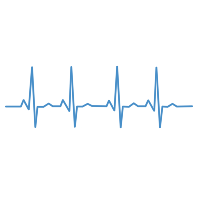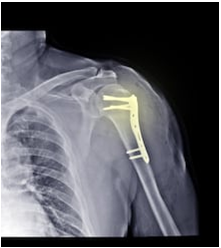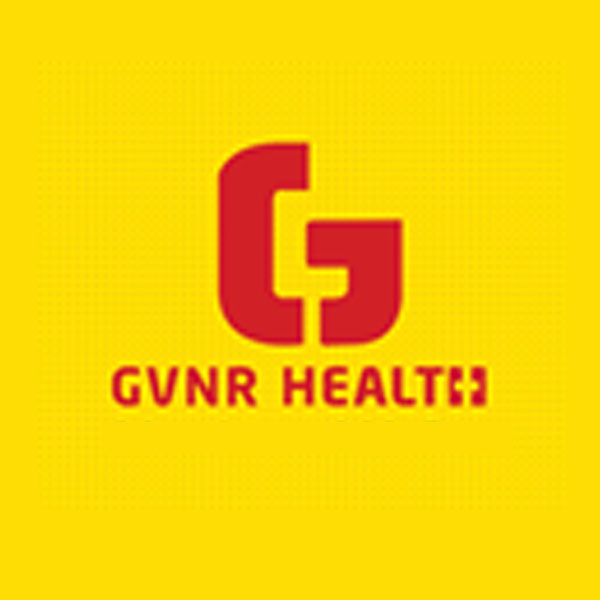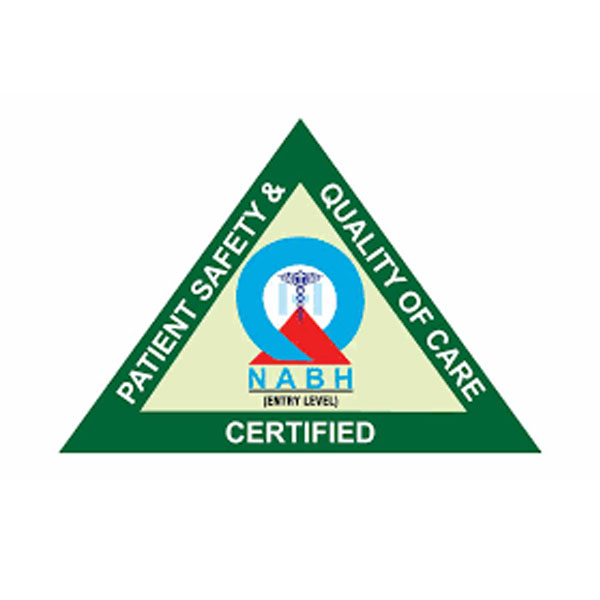Healing -
if a broken bone has been aligned properly and kept immobile, the healing process is usually straightforward.
- Patient's age
- Which bone is affected
- Type of fracture
- Patient's general health
These factors influence how rapidly the bone heals. If the patient smokes regularly, the healing process will take longer.
Physiotherapy / Physical Therapy -
after the bone has healed, it may be necessary to restore muscle strength as well as mobility to the affected area. If the fracture occurred near or through a joint, there is a risk of permanent stiffness or arthritis - the individual may not be able to bend that joint as well as before.
Physiotherapy is equally important -
to gain functional ability of muscles. Patient can get good mobility.
Treatment of associated injuries -
head injury, chest injury, injury to lung, tendon injury, skin injury also needed








